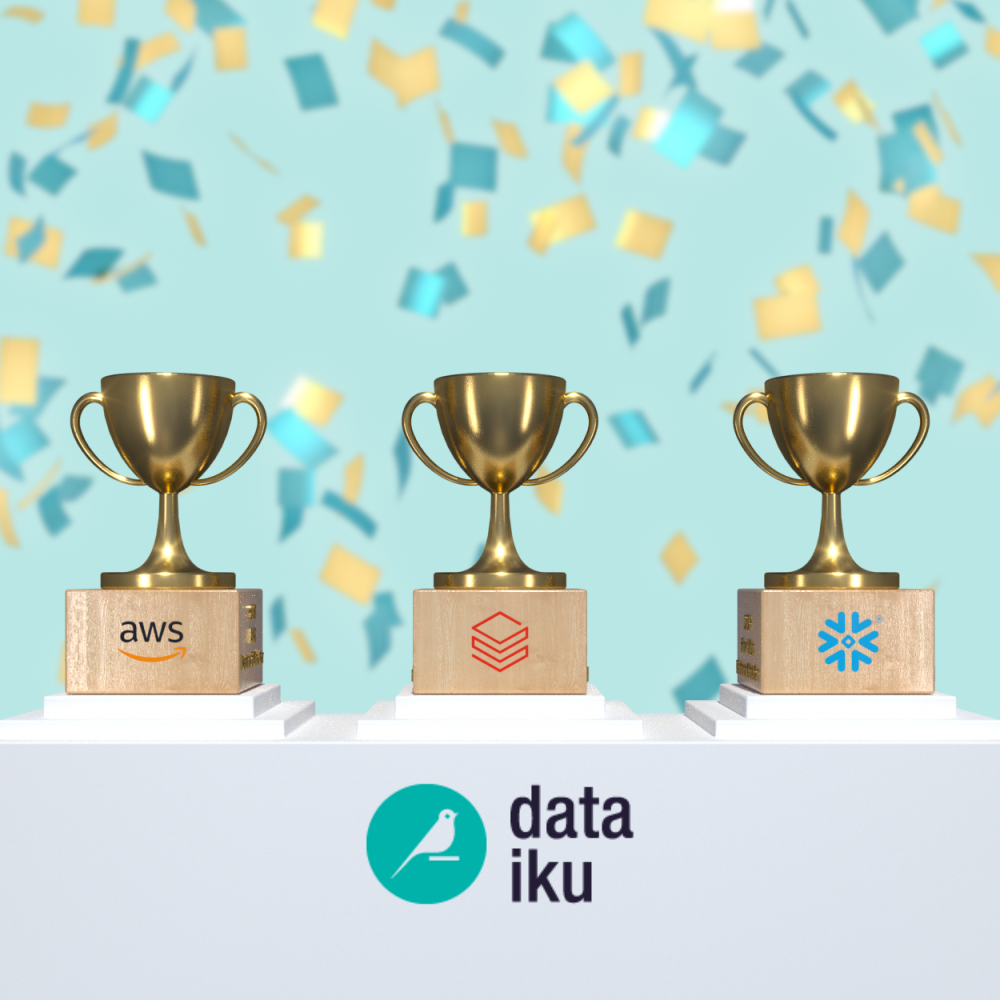In my conversations with Chief Data Officers (CDOs) across industries, a pattern has emerged: Those who are value driven and systematically elevate organizational AI literacy consistently achieve outsized impact. Here, I refer to these leaders as the “2x CDO.” Let's explore how CDOs can double their effectiveness by being value driven and making AI literacy a cornerstone of their strategy.
It is critical that businesses take an active role in supporting their existing workforces through reskilling and upskilling, that individuals take a proactive approach to their own lifelong learning…
-Klaus Schwab, Founder & Executive Chairman of the World Economic Forum
The Multiplier Effect
The traditional CDO focuses on data architecture, governance, and analytics. The 2x CDO goes further by activating an AI-fluent organization that participates in data product creation that fuels the creation of AI use cases delivering measurable business value.
3 Key Metrics That Define a 2x CDO
Innovation Velocity:
Organizations with high AI literacy see a faster ideation-to-implementation cycle. When your teams understand AI's capabilities and limitations, they stop chasing shiny objects and start delivering viable solutions. They're not just dreaming up use cases — they're executing them.
Organizations with high AI literacy are better equipped to identify high-impact use cases and bring them to life. For example, Johnson & Johnson’s Vision team partnered with Dataiku for a generative AI hackathon, creating working prototypes in just two days. This rapid innovation cycle demonstrates how AI-literate teams can turn ideas into actionable solutions at scale.
How AI Literacy Helps:
- Encourages experimentation with generative AI and other advanced technologies.
- Reduces the time to market for new products or services by fostering a culture of innovation.
- Enables leaders to assess the feasibility, adoption, risk, and ROI of AI initiatives effectively.
Value Realization Velocity:
Organizations are able to move rapidly from experimentation to value realization driven by operational efficiency, cross-functional collaboration, and rapid adoption. How does AI literacy play a role in this?
Operational Efficiency: Streamlining Processes With AI-Literate Teams
AI literacy equips teams to better understand and identify inefficiencies, automate repetitive tasks, and augment others. For instance, Standard Chartered Bank implemented a large-scale literacy program, which included hands-on sessions and hackathons. This initiative fostered cross-functional collaboration and resulted in measurable productivity gains, such as faster project delivery and improved decision-making.
Drive Up Cross-Functional Collaboration Score:
Teams with strong AI literacy show a higher rate of successful cross-departmental projects. Why? Because when marketing, operations, and tech teams speak the same AI language, magic happens. No more lost-in-translation moments between business needs and technical capabilities.
Accelerate Adoption:
And then there is the question of adoption of data products. According to HBR, organizations that invest in workforce upskilling and structured training programs are more likely to accelerate adoption of data products and achieve measurable business impact compared to those without such initiatives.
Upskilling employees outside of the CDO unit, for example, through 'data translator' training for business leaders and subject-matter experts, creates a strong demand for data products. Upskilling also creates local champions that ensure the embeddedness and adoption of data products in their business units.
-HBR
Risk-Adjusted Value Creation:
Companies with AI-literate teams demonstrate better risk management in AI projects while maintaining aggressive innovation targets. They know when to push boundaries and when to pump the brakes.
Risk Mitigation: Ensuring Responsible and Ethical AI Use
AI literacy is critical for understanding the risks associated with deploying advanced technologies, from ethical dilemmas to operational vulnerabilities. A 2024 survey by Stibo Systems reveals that 86% of business leaders express a desire for more training on how to responsibly use AI, while 58% acknowledge a lack of AI ethics training.
How AI Literacy Helps:
- Builds governance frameworks for ethical AI use, reducing compliance risks.
- Enhances the ability to identify and mitigate potential biases in data models.
- Promotes transparency in decision-making processes, fostering trust across stakeholders.
Real Impact in Numbers
Dataiku has been at the forefront of enabling CDOs to champion AI literacy:
- Johnson & Johnson: Their generative AI training led to rapid prototyping, demonstrating how hands-on learning translates into tangible business outcomes.
- Global Automotive Manufacturer: A hackathon trained 200 employees across 10 functions, resulting in millions of dollars in benefits from implemented use cases.
- Standard Chartered Bank: Their "100 Days of Coding" challenge upskilled teams at all levels, embedding a culture of continuous learning.
From Metrics to Action: The AI Literacy Advantage
These aren't just numbers — they're your secret weapons for organizational transformation. Consider how:
- Your data scientists spend less time explaining basic concepts and more time innovating when teams understand AI fundamentals.
- Middle managers make smarter decisions about AI adoption when they can separate hype from reality.
- Risk and compliance teams work proactively rather than reactively when they understand AI's ethical implications.
The Value-Driven CDO's Playbook to 2x Impact
Want to position yourself as a value-driven CDO? Start here:
- Make AI Literacy a Strategic Priority: According to McKinsey's Influence Model, 'Developing Talent and Skills' is a critical building block for successful organizational change. By making AI literacy a strategic priority, organizations directly address this fundamental element of transformation. When organizations develop AI literacy as a core competency, they strengthen this essential building block, preparing their workforce for ongoing technological evolution
- Develop Systematic Training Programs: Organizations can improve AI adoption by implementing systematic training programs and taking a structured approach to building AI literacy, through collaboration between HR, executive leadership, and business partners.
- Measure What Matters: Measure and showcase the impact through the metrics that matter to your C-suite (see page 14 here for metrics to measure success).
The Bottom Line
The most successful CDOs aren't just managing data – they're building AI-fluent organizations. By championing AI literacy, you're not just checking a box; you're creating a competitive advantage that compounds over time.
Your next step? Grab our AI Literacy bundle and start mapping out your organization's journey to AI fluency. Because in the age of AI, the most valuable CDO isn't the one with the most data — it's the one who builds the most value-driven, AI-enabled organization.






.jpg?width=800&height=534&name=pexels-august-de-richelieu-4427815%20(1).jpg)